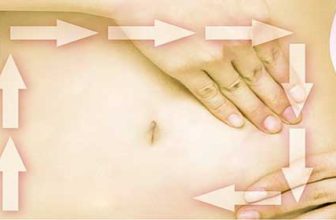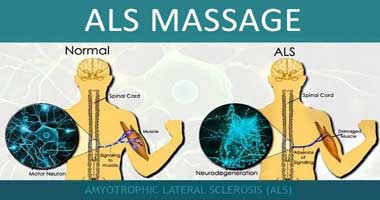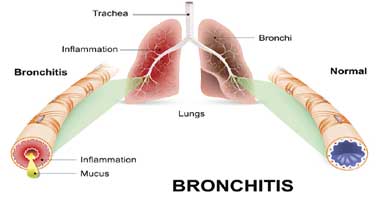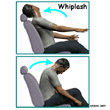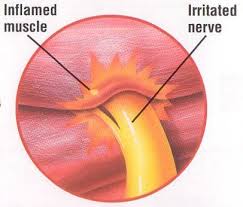
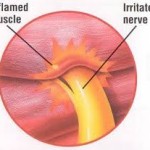 Muscle spasm is an involuntary, sustained contraction of a muscle. Cramp is a common or lay term for a painful, prolonged muscle spasm.
Muscle spasm is an involuntary, sustained contraction of a muscle. Cramp is a common or lay term for a painful, prolonged muscle spasm.
Common Muscles that go into Spasm:
Gastrocnemius, soleus, hamstrings, quadratus lumborum, intrinsic back muscles, intercostals, and SCM (sternocleidomastoid).
CAUSES of MUSCLE SPASM & MUSCLE CRAMPS:
- joint instability (reflex muscle guarding)
- pain, ischemia, retention of metabolites
- trigger points in the muscle
- vitamin E deficiency.
- vitamin B2 deficiency during pregnancy
Nocturnal calf cramps may occur when the ankle is plantar flexes by the weight of heavy bed covers. The Plantarflexion shortens gastrocnemius and may cause spasms, waking the client from sleep.
Muscle Spasm Massage: SPASM SIGNS & SYMPTOMS
- pain within the muscle due to ischemia and retention of metabolites. Acute trauma and referred pain may also cause spasm.
- spasm and hypertonicity present.
- there is decreased ROM of the joint crossed by the shortened affected muscle, whether the spasm is reflex muscle guarding or intrinsic muscle spasm.
- antagonist and synergist muscles are affected. Trigger points in other muscles may refer pain to the spasmodic muscle.
Muscle Spasm Massage: CONTRAINDICATIONS
- do not completely eliminate reflex muscle guarding that is splinting an acute injury
- avoid passively stretching an acutely spasmodic muscle, because this may tear fibres of the muscle and further injure the client. This is especially true when inflammation is present, as stretching will increase the pain and muscle guarding, resulting in greater tissue damage.
- hot hydrotherapy applications are contraindicated with a muscle spasm resulting from an acute injury.
- massage is locally contraindicated with deep vein thrombosis or thrombophlebitis of the calf. A medical referral is indicated. With venous thrombosis, the client may complain of calf cramping or tightness, exhibit local tenderness, heat, pallor, swelling and have a diminished or absent dorsalis pedis pulse. This is an important consideration for clients who have had a recent fracture or surgery, are pregnant, or over 50.
Muscle Spasm Massage: OBSERVATION / PALPATION:
Observations:
- antalgic gait if spasm is located in lower torso or limb.
- antalgic posture with spasm of the postural muscles or muscles of the lower limb, back, or neck.
- pained fascial expression.
Palpation:
- affected muscle may be hot due to congestion, or cool due to ischemia.
- affected muscle point tender due to ischemia.
- texture of an acutely spasmodic muscle is firm, dense and congested. Texture of a muscle with an intrinsic muscle spasm is hard and fibrous.
- affected muscle is hypertonic, as well as synergists and antagonists.
Muscle Spasm Massage Therapy Treatment
Muscle Spasm Massage Goals:
- break the pain cycle and decrease the muscle spasm
- if muscle spasm is reflex guarding, decrease a portion of spasm and do not disturb healing process
- decrease pain and sympathetic nervous system SNS firing
- increase local circulation
- decrease hypertonicity
- increase ROM
- decrease recurrence
Muscle Spasm Massage Treatment:
- diaphragmatic breathing
- general relaxation treatment
- increase circulation proximal to affected area
- petrissage to reduce hypertonicity
- muscle stripping to reduce trigger points
- GTO release
- once pain is decreased, direct techniques such as vibrations, shaking, muscle squeezing, petrissage and joint play can be used
- soothing stroking and muscle squeezing
